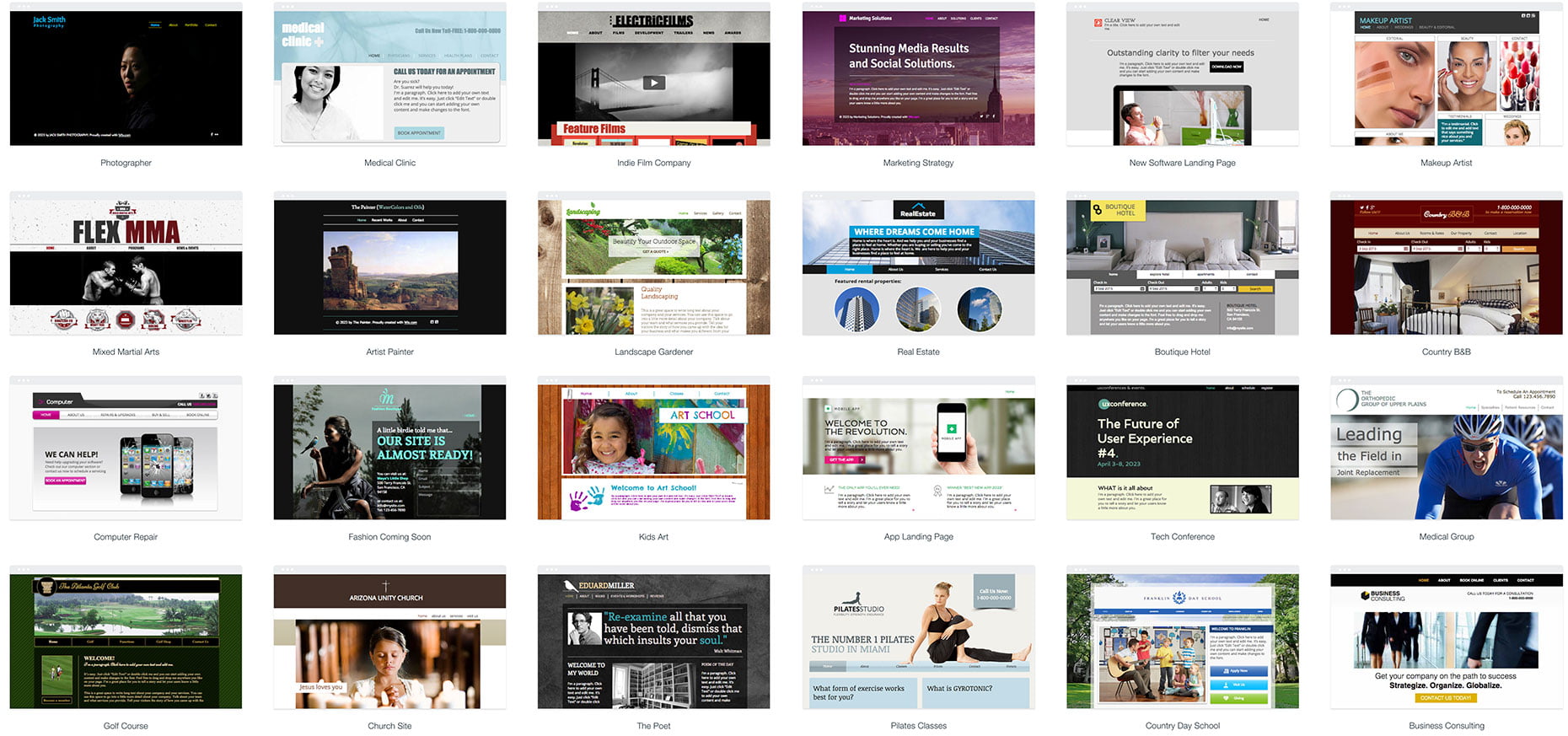Ever heard the saying, “you get what you pay for”? Well, it doesn’t apply to websites. If you get a cheap website, you actually end up paying more in the long run.
Unfortunately, many businesses get burned when trying to nickel and dime it with IT services. It’s like auto repair, you don’t really know what’s going on under the hood, but if it looks OK and drives then what’s the problem? Problems usually surface when trying to move from having a website to generating sales.
Believe it or not, a lot of people still think that if they get a website, they will get exposure to millions of people instantly. This is completely not the case. When you get a website, that’s all you get. You get a URL, www.yourdomain.com. You’re the only one who knows about it. You need to actively market the website through search engine optimization (SEO), pay-per-click advertising, and social media in order to garnish any real benefit from your website. A $499 site will make such investments futile for the following reasons:
A website is an investment, not an expense. It is a powerful marketing channel that can keep bringing you customers and generating revenues for your company. A $499 website will not attract traffic or get potential customers to contact you. A cheaply built site likely has a flimsy foundation, cross-browser compatibility problems, major security holes and issues under the surface that will emerge over time. Sometimes fixing such issues will end up costing an arm, a leg, and a headache, and soon you realize you should have built a proper website from the start.
A professional website should be built on a solid content management system. The template should be customized and adapted to the logo and brand of the business. Everything should look and feel professional and trustworthy. The programming needs to be search-engine friendly (no flash or other gimmicks), cross-browser compatible (mobile-friendly) and easy to update.



